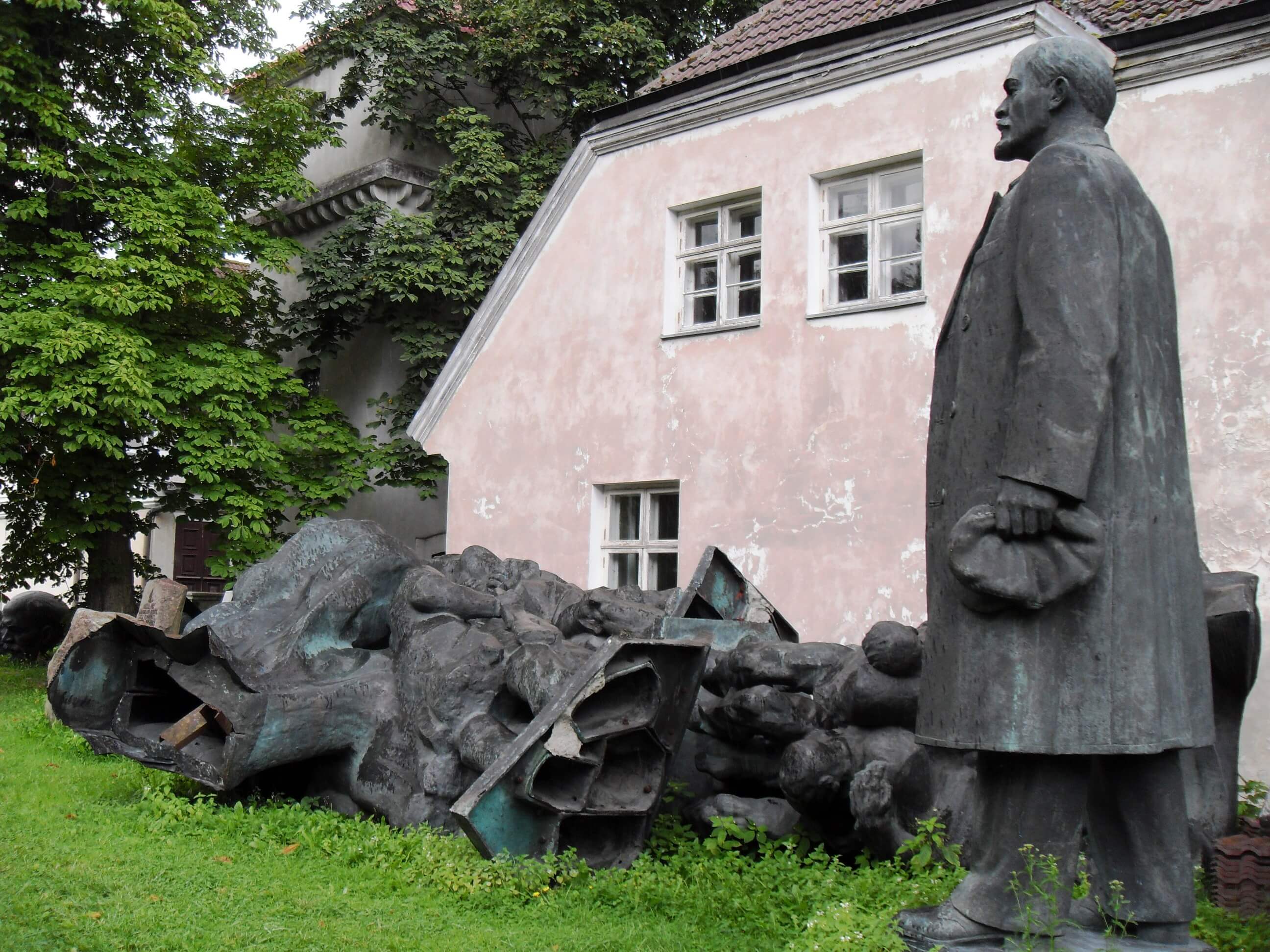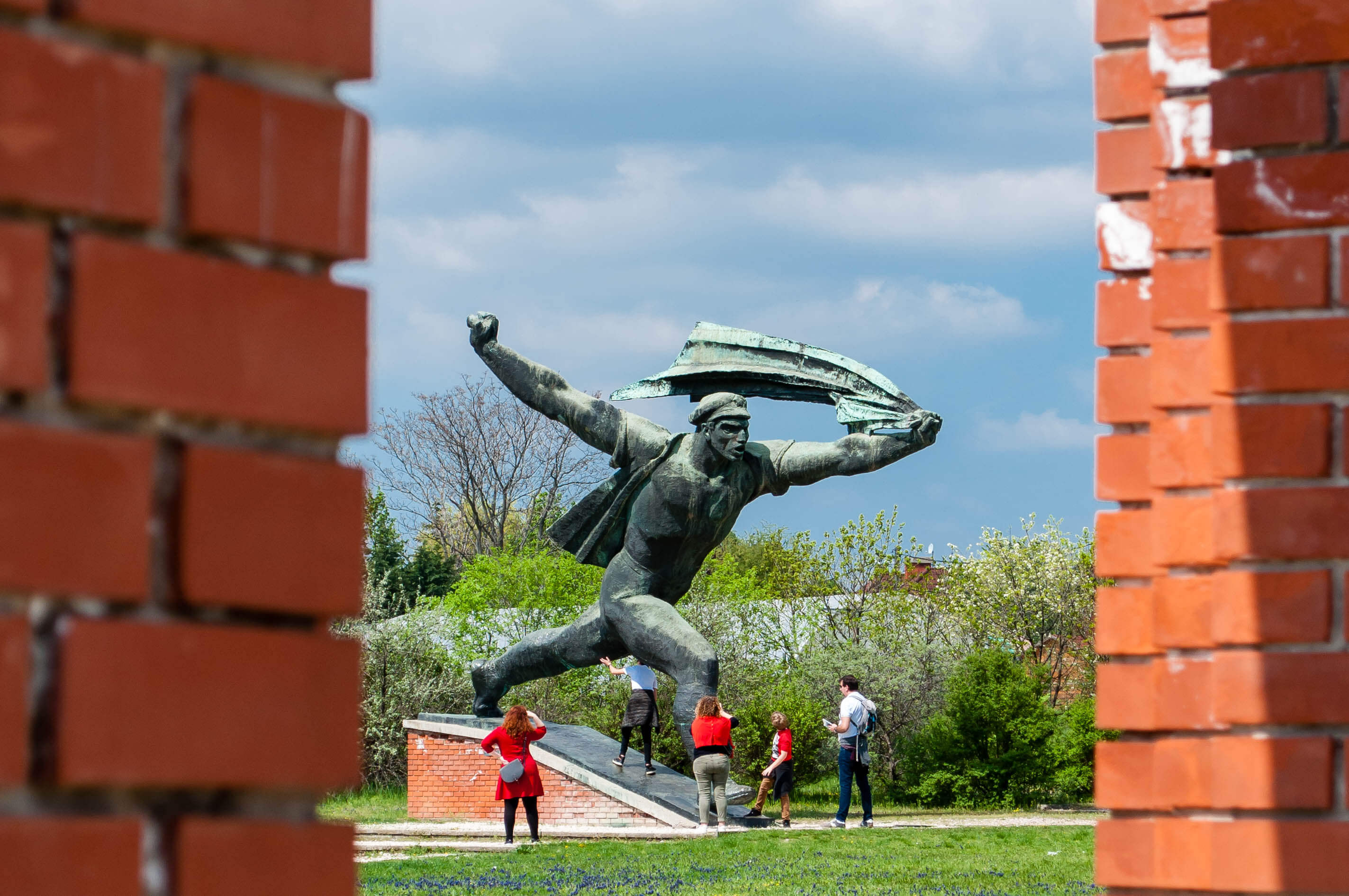As an architectural historian and preservationist raised in Mississippi, I am frequently asked my opinion regarding monuments to the Confederacy. “I don’t want to erase history,” people say, “so, what do you think we should do about Confederate monuments?”
My answer? Take them down. Unequivocally. Remove them from town squares, parks, boulevards, and civic buildings. They will not be missed.
Following the murder of George Floyd in Minneapolis on May 25, 2020, and subsequent nationwide Black Lives Matter protests, American public opinion finally shifted in favor of removal of Confederate monuments. According to a June 29, 2020, report from the Southern Poverty Law Center, 81 Confederate monuments have been removed or relocated in cities across the United States since 2015. While this is significant progress, 748 Confederate monuments remain on public land.
My proposal? Put them in a field in the middle of nowhere.
While there is reinvigorated momentum to remove Confederate monuments, public resistance is swift from well-meaning individuals who claim to revere history and preservation. They say, “Why not just add new signage that recontextualizes the monuments?” Nope. Unacceptable. It’s not that simple. I was once on “Team Recontextualize.” I thought that by providing the appropriate context about how these monuments were erected in the early 20th century as a method of solidifying white supremacist ideology nationwide, the dark history of these statues could be mitigated with a simple plaque about “Lost Cause” propaganda.
I was wrong. This remedy completely ignores the function of public monuments to commemorate a person or event and make a statement about the ideas and values a society should embrace. A simple plaque cannot right the ideological wrongs of the Confederacy, nor can it take away the monument’s cultural influence. When former New Orleans mayor Mitch Landrieu explained his reasoning for removing several Confederate monuments, he asked people to consider how they would justify these statues to a young African-American girl. He said, “Can you look into that young girl’s eyes and convince her that Robert E. Lee is there to encourage her?”
The only answer is “no.”
To move forward, monuments to the Confederacy, no matter their significance, must be taken down. But that begs the question: What the hell do we do with them now?

I am not advocating for the destruction of these statues, but what to do with Confederate monuments once they have been decommissioned is a major hurdle in planning their removal. The Indiana Jones “It belongs in a museum!” refrain is a standard recommendation from public officials and historians. Unfortunately, it turns out that belonging in a museum is a lot easier than actually being in a museum. The city of New Orleans had to build a $50,000 storage shed for one monument after its removal, four Baltimore Confederate monuments have been sitting in a city-owned storage lot since their removal in 2017, and Richmond’s recently removed Confederate monuments are now stored under tarps at a wastewater treatment plant. These are only temporary solutions. Confederate monuments are difficult to house in museums due to their size and toxic history. The expense of caring for these works in the museum context outweighs their cultural value. Some cities have even resorted to auctioning off Confederate monuments to private entities.
The power of monuments and memorials is garnered solely from placement in a prominent public area. A hero of the Confederacy placed on a pedestal in front of a city hall, a courthouse, in the center of a public park, or on a well-traveled thoroughfare is only able to advance racist ideology because of its singular existence in a highly trafficked location. If a Confederate monument is removed from this context and displayed with dozens of other statues depicting the same Confederate general or nondescript soldier, the fact that this is solely an object of “Lost Cause” propaganda becomes abundantly clear. Imagine over 800 Confederate monuments arranged by historical figure, typology, and style confined to a contemporary Confederate graveyard to tell the history of pervasive white supremacist messaging in visual culture across the United States. The vastness of this installation would capture how insidious racism is in American culture. It would be an incredible teaching tool.
There is precedence for this. Countries that made up the former Soviet Union have been confronted with the problem of what to do with an abundance of unwanted Soviet symbols and monuments. In Moscow, fallen Soviet statues have been placed in the Muzeon Park of Arts where statues of Stalin, Lenin, and Felix Dzerzhinsky mingle with contemporary sculptures. In Tallinn, Estonia, the Estonian History Museum displays 21 Soviet monuments in Maarjamäe Palace Park with the context of the dark period of Russian occupation fully explained. Memento Park, designed by Ákos Eleőd, in Budapest, Hungary is perhaps the grandest iteration of “Soviet graveyards.” Containing 42 Communist-era monuments, the park serves as an educational center, artistic action ground, and tourist destination that tells the story of the Cold War and the fall of Communism in Eastern Europe.

A Confederate graveyard is within our grasp. Public opinion supports the removal of Confederate monuments and symbols. These monuments were crafted to withstand the elements. The National Park Service has access to over 84 million acres of land. The Southern Poverty Law Center has completed the Whose Heritage? Public Symbols of the Confederacy project that provides a history and context for understanding the negative impact of monuments to the Confederacy. Organizations like Monument Lab have created excellent inclusive programming for vacant pedestals and new memorials nationwide. We have all the pieces; we just need to put them together, and we can finally lay the last remnants of the Confederacy to rest.
Anna Marcum is an architectural historian and preservationist based in Brooklyn, New York. She regularly contributes to Atomic Ranch and has written for Preservation in Print. Anna received her bachelor of arts in art history from Barnard College, Columbia University, and a Master of Preservation Studies from the Tulane School of Architecture. You can follow her work on Instagram at @badpreservationist.










